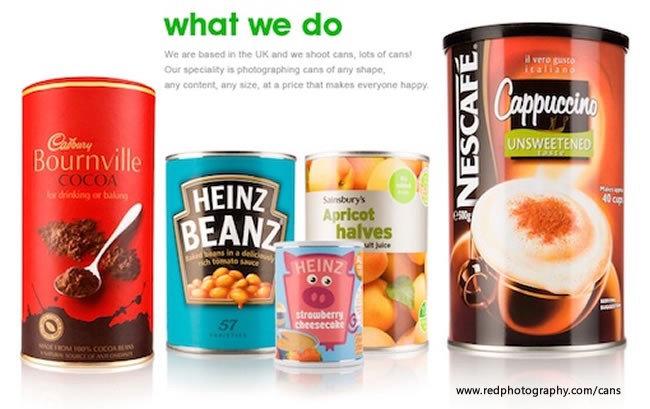
It’s not rocket science and everyone, no matter your profession, comes to this realization: everything is design and by design. Some realize this sooner and try, others are too lazy to apply its demanding principles but one thing’s for sure- you cannot ignore design.
You are design, the world around you is design- it’s that simple. Okay, perhaps it’s not that simple as that. Otherwise why would people, go to the university try and earn a ‘design degree’. Maybe the problem with design this is that it’s so fundamental and as such we can take it for granted. Hard wired unobtrusively into everything, design becomes the very thing, what you call the experience. More like the taste and the after-taste.
This site is dedicated to the lost art of “seeing” the world around you, using it as inspiration, and freeing yourself from the chains of your chosen medium and craft. Life is too short to not see. Life is too short to not to be aware. - www.johnmamus.com/designeverything/
In the past five years I’ve worked at Digital Craft Studios, I’ve come across programmers who unfortunately don’t see the connection between design-user experience-and code. Unfortunately, they end up building software based on bad design that’s a pain in the neck to use.
In order to build better products, web and mobile development companies have to embrace good design principles that put user experience at the centre of their development process. For this, we can learn a lot from the construction industry. A new building actually starts from the architect’s (designer) desk, after which the structural engineers (developers) test the design against industry standards (web standards) to see if the design can hold (content) according to the type of use (user interaction and experience) that it would be put to. An excerpt from John Sculley’s interview On Steve Jobs puts this product development approach in context:
Sculley. I don’t take any credit for it. What Steve’s brilliance is, is his ability to see something and then understand it and then figure out how to put into the context of his design methodology — everything is design. An anecdotal story, a friend of mine was at meetings at Apple and Microsoft on the same day and this was in the last year, so this was recently. He went into the Apple meeting (he’s a vendor for Apple) and when he went into the meeting at Apple as soon as the designers walked in the room, everyone stopped talking because the designers are the most respected people in the organization. Everyone knows the designers speak for Steve because they have direct reporting to him. It is only at Apple where design reports directly to the CEO. Later in the day he was at Microsoft. When he went into the Microsoft meeting, everybody was talking and then the meeting starts and no designers ever walk into the room. All the technical people are sitting there trying to add their ideas of what ought to be in the design. That’s a recipe for disaster.
Another thing we can learn from the order inherent in the world around us, it the fact that design is not arbitrary. Design is for a purpose and as such it must meet certain criteria that will enable it reach its goal. The most comprehensive summary of the principles of design you’ll ever find, one that continues to inspire the design of Apple products, is the Ten Principles for Good Design by Dieter Rams:
Good design is innovative.
Good design makes a product useful.
Good design is aesthetic.
Good design makes a product understandable.
Good design is unobtrusive.
Good design is honest.
Good design is long-lasting.
Good design is thorough down to the last detail.
Good design is environmentally friendly.
Good design is as little design as possible.
How does your product development process compare?